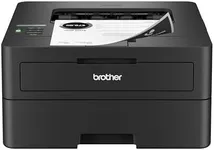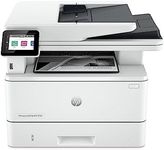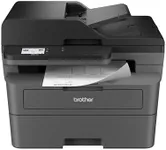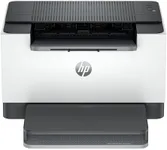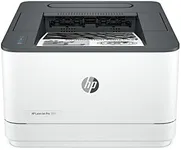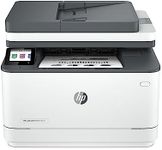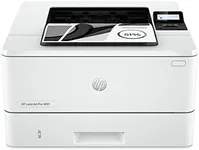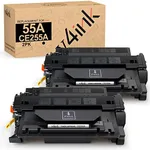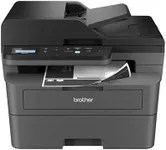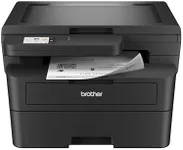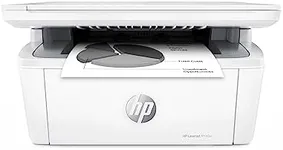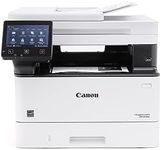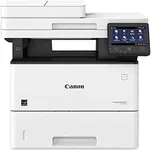Buying Guide for the Best Black And White Laser Printer
Choosing the right black-and-white laser printer can significantly enhance your productivity and meet your printing needs efficiently. To make an informed decision, it's essential to understand the key specifications and how they align with your requirements. Here are the main factors to consider when selecting a black-and-white laser printer.Print SpeedPrint speed, measured in pages per minute (PPM), indicates how quickly a printer can produce documents. This spec is crucial if you need to print large volumes of documents regularly. Printers with speeds of 20-30 PPM are suitable for home or small office use, while those with speeds above 30 PPM are better for larger offices with higher printing demands. Consider your typical printing volume to determine the appropriate print speed for your needs.
Print QualityPrint quality is measured in dots per inch (DPI) and determines the clarity and detail of the printed documents. Higher DPI values, such as 1200 x 1200, produce sharper and more detailed prints, which is important for professional documents. For general office use, a DPI of 600 x 600 is usually sufficient. Assess the importance of print clarity in your work to choose the right print quality.
Duty CycleThe duty cycle is the maximum number of pages a printer can handle per month without experiencing issues. This spec is important to ensure the printer can meet your workload demands. For home or small office use, a duty cycle of up to 10,000 pages per month is typically adequate. For larger offices, look for printers with a higher duty cycle to avoid overworking the machine.
Connectivity OptionsConnectivity options determine how you can connect the printer to your devices. Common options include USB, Ethernet, and Wi-Fi. USB is suitable for direct connections to a single computer, while Ethernet and Wi-Fi are ideal for networked environments where multiple users need access. Consider your office setup and how you plan to connect the printer to choose the right connectivity options.
Paper HandlingPaper handling refers to the types and sizes of paper a printer can accommodate, as well as the capacity of its input and output trays. This spec is important if you need to print on various paper sizes or require a large paper capacity to reduce the frequency of refilling. For general use, a standard paper tray capacity of 250 sheets is usually sufficient. If you have specific paper handling needs, such as printing on envelopes or heavy cardstock, ensure the printer supports those requirements.
Cost of ConsumablesThe cost of consumables, such as toner cartridges, can significantly impact the overall cost of owning a printer. This spec is important to consider for long-term affordability. Look for printers with high-yield toner cartridges that offer a lower cost per page. Additionally, consider the availability of third-party or remanufactured cartridges to further reduce costs. Evaluate your printing volume and budget to choose a printer with affordable consumables.
Size and DesignThe size and design of the printer can affect where you can place it and how it fits into your workspace. This spec is important for ensuring the printer fits comfortably in your designated area. Compact models are ideal for small spaces, while larger models may offer more features but require more room. Measure your available space and consider the printer's dimensions to ensure a good fit.
